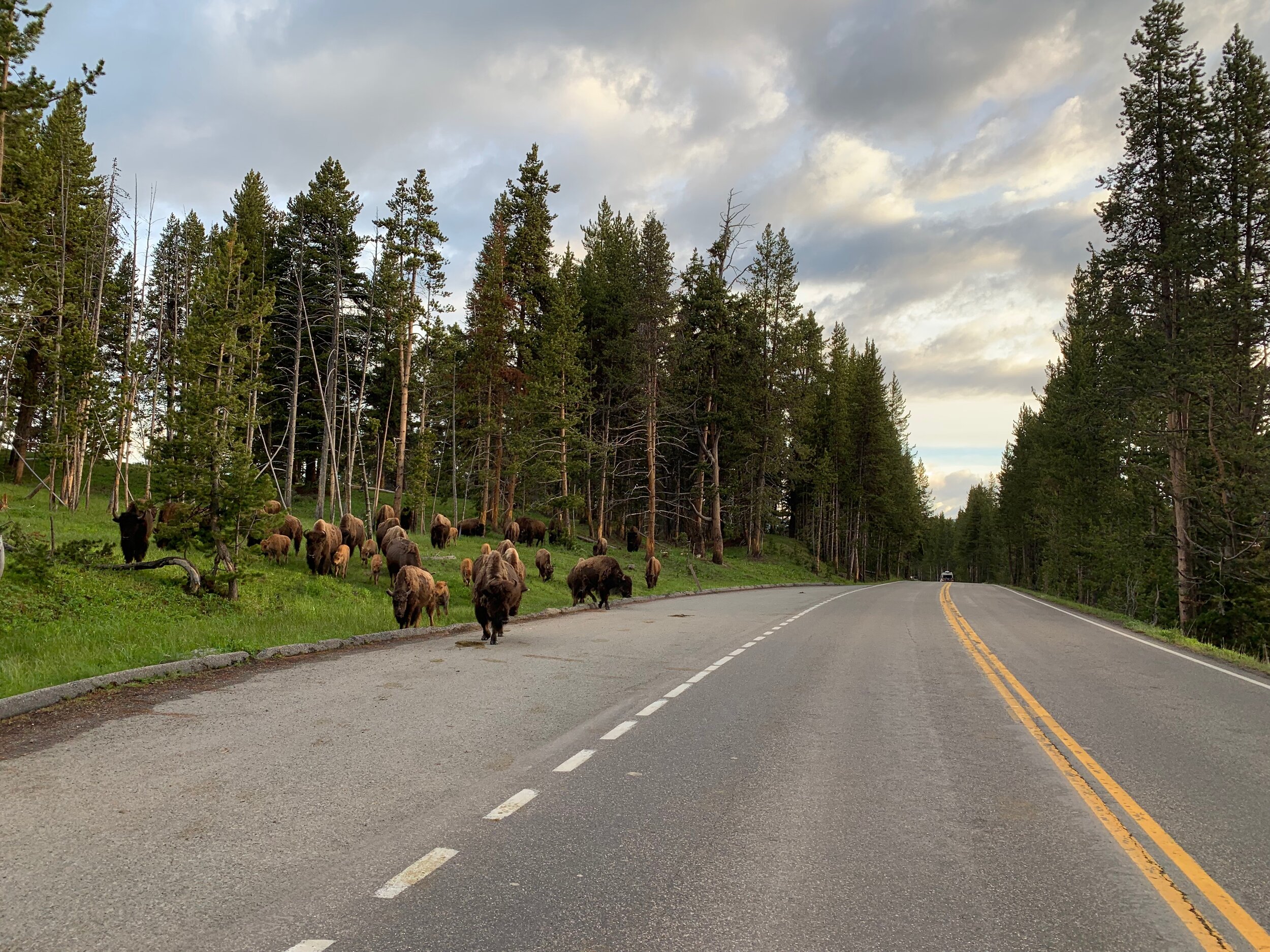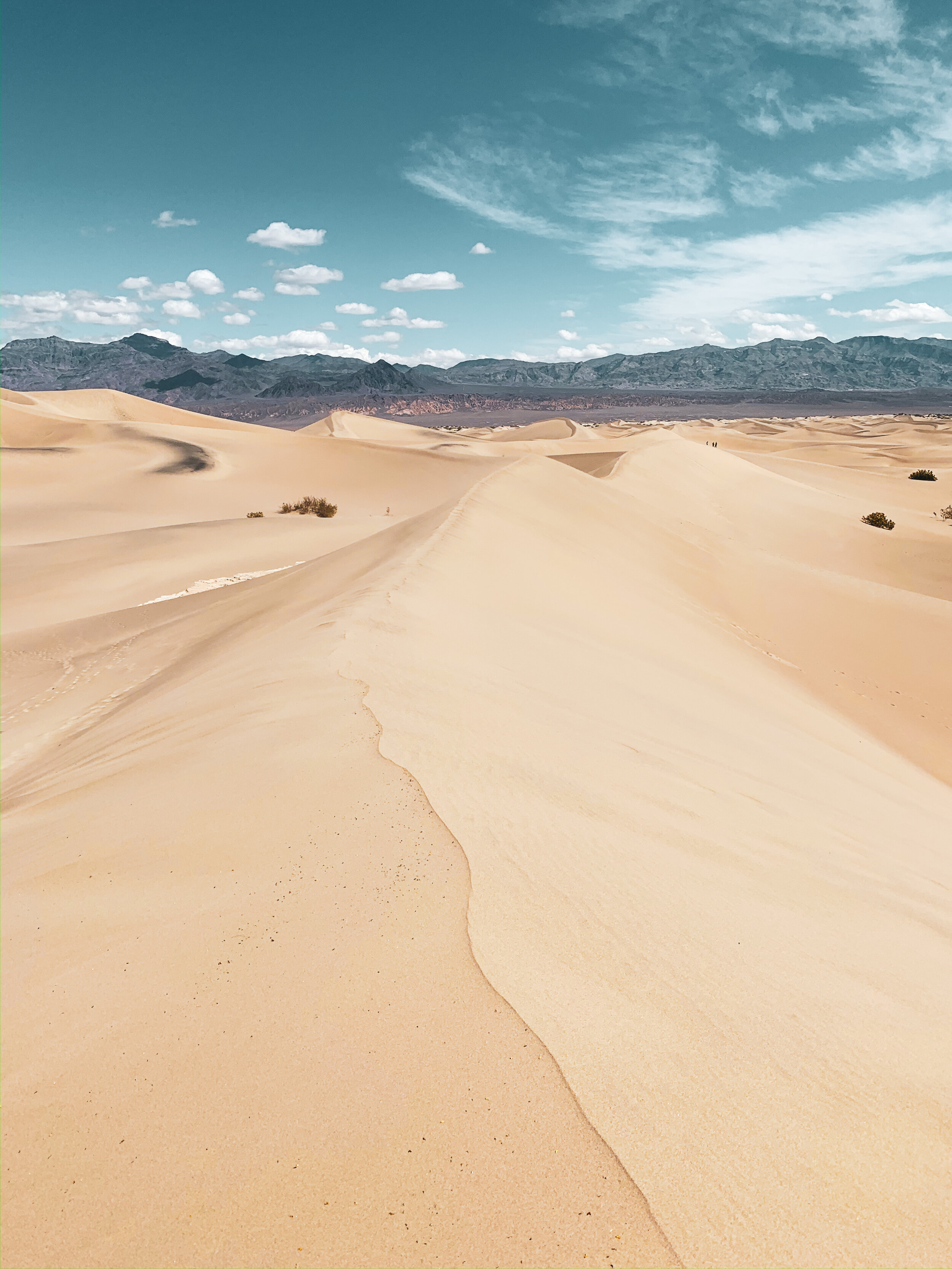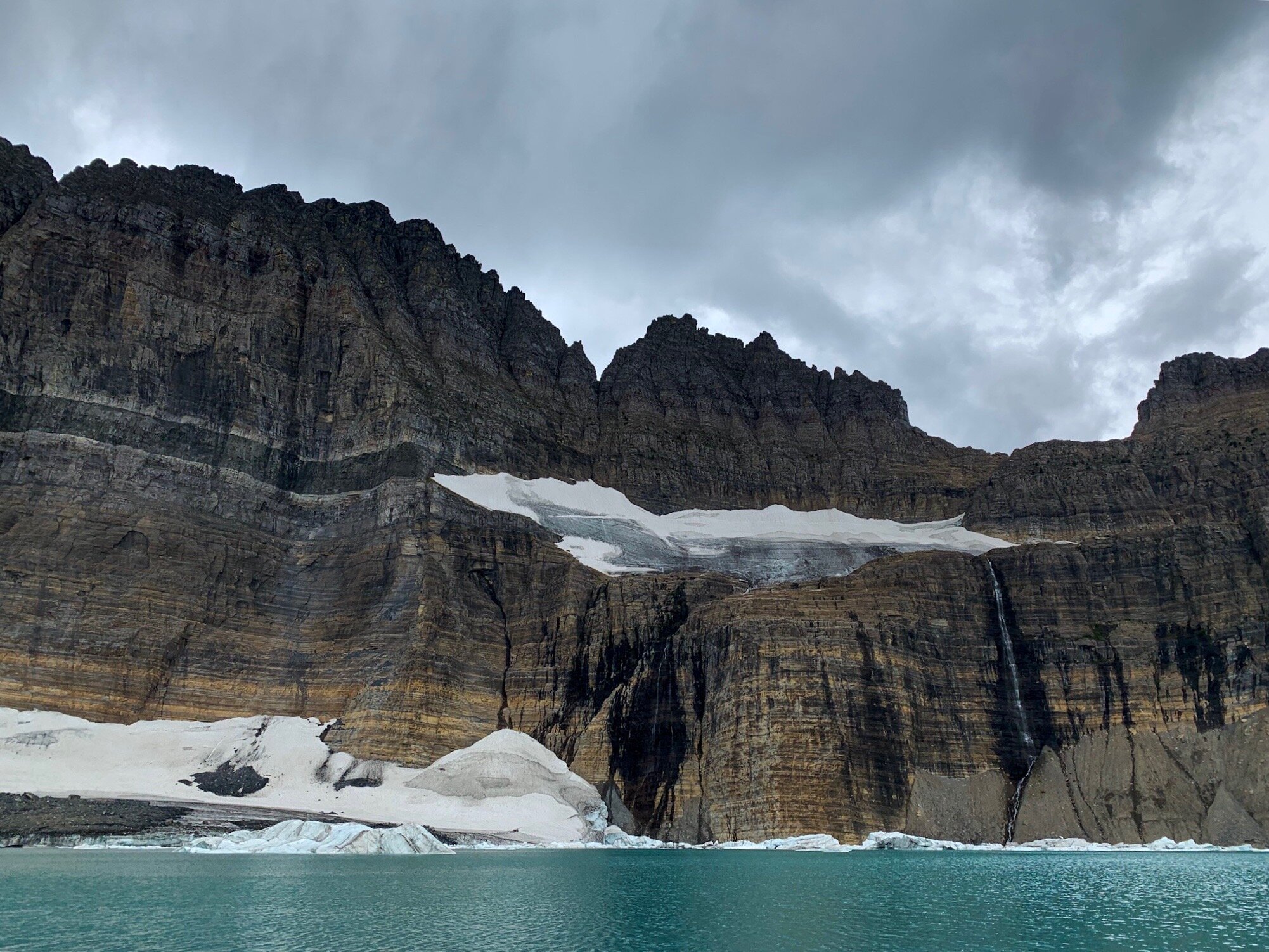When I hear people planning trips to Southeast Asia, they usually list Thailand, Bali, Cambodia, and Vietnam on their list. But the truth is, there is no country like Laos. When I first visited Southeast Asia, I included two countries in my itinerary: Thailand and Laos, and I expected to fall in love with Thailand, with Laos being just another cool place to say I’ve been, but the opposite ended up being true. I fell head over heels for this unique landlocked country in a way I never expected to. So, if this post doesn’t convince you to go to Laos, I don’t know what will. And if it does, here are the 10 things you should know before going.
Disclaimer: this post may contain affiliate links
So… where is Laos?
Laos is a landlocked Southeast Asian country that shares borders with five other countries: Thailand, Vietnam, China, Myanmar, and Cambodia. It is home to some of the most amazing, lush, green landscapes I’ve ever seen, and is full of flowing rivers, including the famous Mekong. Its capital is Vientiane, ad the official language is Lao (which I’ll get back to later!).
When most people visit Laos, they stick to Luang Prabang City and some surrounding villages in Luang Prabang Province such as the backpacking village of Nong Kiaw.
Restaurant in the remote village of Ban Sop Chem
What currency do they use there?
Laos is a very interesting country when it comes to spending money. Due to the fact that they are a less developed country, many of the vendors and shop owners do not even have card readers. Instead, there are ATMs located throughout the city that are generally safe to use. If you’re nervous about pulling out more cash in this practically cash-only country, pull out enough when you land at the airport from the airport’s ATMs. I personally used them and they are safe.
Laos’ currency is known as the Lao Kip. It’s fairly easy to convert, but of course won’t be exact. About 10,000 Lao Kip is equal to $1.50 USD, so you can pull out $150 USD here and be a millionaire! Things are very cheap in Laos, and you’ll be able to stay at a good hostel for only about 150,000 Kip per night (only about $15 USD). Food is also very cheap, as are souvenirs.
Hand woven fabrics hang outside of homes in Ban Sop Chem, Laos
Night markets
Speaking of money, something many Southeast Asian countries are famous for are their night markets. Night markets are an incredibly fun way to get to meet some locals, buy local goods, and practice your bartering skills. Yes, bartering skills! The locals known what tourists look like, and they’ll likely try to charge more for their goods than they’re worth, so if you find yourself at the Luang Prabang night market, feel free to do some bartering.
The view from my hostel in Luang Prabang City
What religion do they practice in Laos?
Laos is a largely Buddhist country. Nearly everyone there practices Buddhism, and one of my guides when I visited even used to be a Buddhist monk. There are plenty of temples to visit, and you can even look into participating in the morning alms giving ceremony, a daily ritual where patrons will wake up at 5 am to offer rice to the monks who are commuting to temple for the day.
See this ceremony in action in my Youtube video on Laos!
Buddhist temple in Luang Prabang City
What should I wear?
Due to this being a Buddhist and communist country, it’s important to recognize that their customs are on the more conservative side. While it’s okay to wear shorts in Luang Prabang City, and even in some backpacking villages like Nong Kiaw, it’s also important to respect the culture. By the end of my trip, I felt uncomfortable wearing anything that showed my knees while walking around town. Generally, to be culturally appropriate, it’s important to cover your knees and shoulders in a way that doesn’t show off your figure (yes, for girls and guys). This is particularly important when it comes to visiting temples and smaller villages like Ban Sop Chem.
Key staples for packing include:
Elephant Pants (which you can purchase at the night market—bring less than you think you need)
T Shirts (bring one more than you think you need)
One sweatshirt (Laos has mountains)
One bathing suit (for the waterfalls!)
Plenty of comfy socks
Sandals you can slip on and off when you enter temples and your hostel
Hiking/walking shoes
Dressed up for the traditional Buddhist Baci Ceremony in Ban Sop Chem
Where are the waterfalls?
When you google Laos, you’ll likely see endless photos of Tat Kuang Si National Park, a national park just outside of Luang Prabang City known for its bright blue waterfalls. These are known as Kuang Si Falls, and they’re absolutely gorgeous, and definitely worth stopping at, despite how touristy they are. Here, it’s appropriate to wear an American bathing suit, and there are changing rooms available at the falls.
If you’re looking for a way to give back a little during your time in Laos, Tat Kuang Si National Park is also home to Free the Bears Sanctuary, a rescue focusing on Moon and Sun Bear conservation.
Laos is also home to some of the most beautiful natural landscapes in the world, so make sure you branch out and explore a little more than just this most common national park.
Kuang Si Falls in Tat Kuang Si National Park
The country has a tough history
Laos is the most heavily bombed country from the Vietnam war. Today, there still exists UXO, or unexploded ordinance in the remote villages of the country. Children are taught from a young age how to recognize UXO and avoid them, and there are bomb squads that are actively clearing the country of UXO. It is an integral part of the country’s history, and one that can’t go overlooked when visiting. For more information, please visit the UXO museum during your time in Laos.
Government
While completely safe to travel in (and safe for solo female travelers), it’s important to note that Laos is a communist country, which means their economy and land ownership work differently than in other countries you may have visited in the past. One of the places you’ll see this most is in the presence of China in Laos. China is currently building a railroad through the country, as well as damns in many of the major rivers. While there are pros to these projects, such as jobs for Lao citizens and better transportation of goods via the railroad, there are also cons including flooding of the rivers and drought in some areas.
The children of Ban Sop Chem
Key Phrases
It’s always good to enter a country with a few key phrases under your belt so that you can better communicate with the locals. Here are the phrases I found useful during my time in Laos:
Sabaidee: Hello
Khob jai: Thank you
Khob jai lai lai: Thank you very much
Tao dai: how much?
Kor thod: sorry
Sabaidee ton sao: good morning
Sabaidee ton laeng: good evening
Bor pen yang: it’s all good!
Bo me nam nom: no milk (for my vegans!)
Ngam lai: very beautiful
The view from Pha Deang Peak in Nong Kiaw
All about food
I actually love Lao food. It’s flavorful, and different from that in a lot of other Southeast Asian countries. It kind of reminded me of a mix between Thai, Indian, and Western food. It uses a lot of the same flavors as Thailand, but also uses a lot of potatoes, and much more bread than Thailand! Expect curries, sticky rice, and something my guide called “crack sauce,” which is soaked chilis and garlic in soy sauce. It’s used for dipping sticky rice and it’s amazing! There is also fried rice, noodles, and stir fries galore. If you go to the street market, you’ll find plenty of street food, as well as fruit shakes, which can easily be made vegan.
If you go to any remote villages, expect to take part in some traditions. During my time in the remote village of Sop Chem, we learned to make rice wine and sticky rice, and got to take part in a welcoming tradition, where you take shots of Lao Lao (rice whiskey) for good luck.
If you’re vegan, or plant based, like me, you might be concerned about being able to maintain your plant based diet while traveling, so I just wanted to reassure you that in Asia, it’s fairly easy to be plant based. Often, there is no milk used in food, and in curry, it’s usually coconut milk anyway. In the above section, I did cover how to say “no milk,” but you can rest assured that usually, unless it is a meat dish, it will be vegan as long as there is no fish sauce.
After the Buddhist Baci Ceremony
Laos is truly one of the most underrated Southeast Asian countries. While it borders a lot of the countries many people love to travel to, it’s often overlooked, but it’s home to some of the most beautiful nature, kindest people, and best food on the continent. It should be on everybody’s list, and considering the fact that they want tourists, there’s no better reason to go and support this beautiful place.
For comfy clothes perfect for travel, check out my friend Riah’s shop: THE WANDERFUL SOUL! Use code HALLE for 15% off!





































































